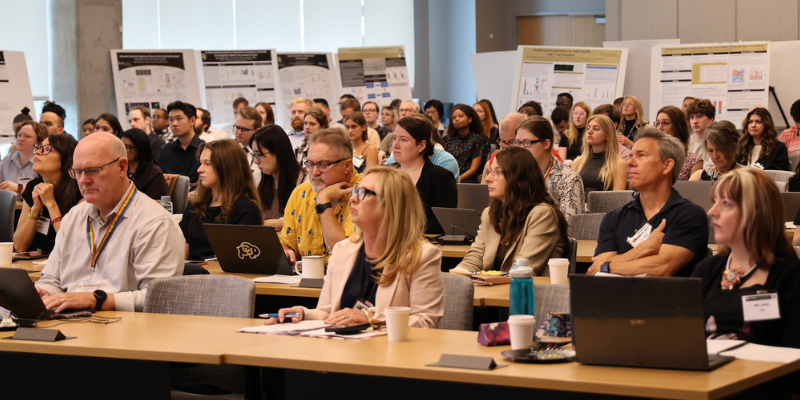For patients with a severe form of epilepsy, it can be dangerous to drive, go to work or even walk to the mailbox alone. A fear of falling and blacking out prevents many patients with medically refractory epilepsy from living lives most people take for granted.
“They can’t have a job, they can’t really live a normal life,” said Tom Anchordoquy, PhD, professor at the University of Colorado Skaggs School of Pharmacy and Pharmaceutical Sciences. “These patients, before, had to always have someone with them because there was a fear of seizures.”
On top of that, the drugs patients with the severe form of epilepsy take to manage their disorder — which are needed in high concentrations in the brain — are typically taken orally and then distributed throughout the entire body, resulting in problematic side effects.
To help find a solution for this problem, Anchordoquy and his colleague, Dan Abrams, MD, the CEO of Cerebral Therapeutics, have reformulated an approved drug that treats epileptic seizures and repurposed a pump typically used in patients with pain disorders, creating an innovative, new treatment for the disorder.
The new treatment method works like this: A pump filled with a concentrated epilepsy drug solution is placed in the abdomen, just below the skin, and drugs are distributed directly to the brain via a small tube that starts at the pump and ends in the brain. The pump can be refilled with drug solution via periodic injections, making a life-changing difference for patients.
“They’re not new drugs, but no one has ever put them directly in the brain before,” Anchordoquy said.
Abrams added that about 20,000 pumps are put into patients each year in the U.S. for different disorders: “Essentially what we’re doing is taking advantage of their use for other diseases and modifying them to be used for brain infusion,” he said.
Anchordoquy and Abrams are seeing the results of their work play out in real time. The pumps are currently part of a new clinical trial in Australia with the University of Melbourne. The trial, which started in 2016, is treating five patients at Melbourne’s St. Vincent’s Hospital.
Clinical trial shows promising results
So far, the trial is showing promising results, especially for a group of patients that is constantly at risk, according to Abrams, who frequently travels to Australia to monitor the trial.
“The patients that we’re treating have pretty frequent risk of falls, pretty frequent risk of sudden death related to their epilepsy,” Abrams said. “It’s disabling them, not just once every few months. It’s disabling them at least multiple times a week, sometimes multiple times a day where they’re at risk of falling, blacking out, hitting their head.”
Now, though, “they’re seeing 70 percent-plus improvement in their seizure rates and major improvements in quality of life,” Abrams said. “It’s a huge improvement. All of the patients have benefited.”
For the patients, the technology has been life changing.
“With this pump in, they can go off, and they’re commuting to work, and they’re living normal lives and they’re talking about having children and things they couldn’t have even dreamed of a couple years ago,” Anchordoquy said.
The beginnings of the project — and what’s next
The project was started in 2006, when Abrams approached Anchordoquy with the idea. It wasn’t long after that when they founded a company that was unsuccessful due to the economic downturn in 2008-09. Subsequently, Abrams formed Cerebral Therapeutics, and the two began conducting experiments again.
Working closely with Anchordoquy, they develop the formulations of the drugs placed into the pump.
“Dan stayed with it and has reformed a new company, Cerebral Therapeutics and we’ve raised some money with venture capitalists,” Anchordoquy said.
The first step of the clinical trial, Phase I, included working with the hospital in Australia to choose a select group of patients to receive treatment.
For Anchordoquy and Abrams, Phase II of the clinical trial will take place in the U.S. with a larger number of patients. In preparation for the next step, the team is currently working with the U.S. Food and Drug Administration. Anchordoquy said he anticipates Phase II will happen in the next year or two.
“I’m glad the word is getting out,” he said. “This is really exciting and life-altering technology.”
Video courtesy of Stephanie Carlson, Digital Media Manager, 9Health
Check out more coverage about the clinical trial at 9News.



